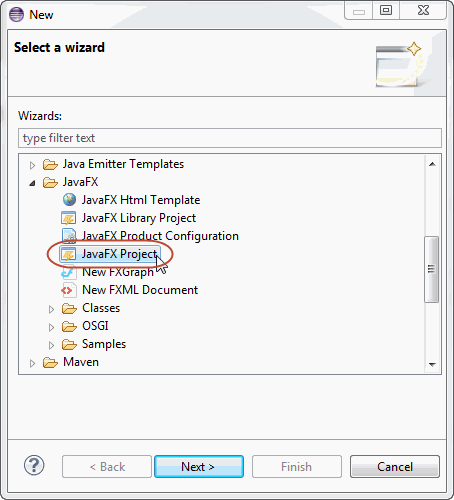

Interface Builder has two major areas: the dock (on the left) and the canvas (on the right).

#ECLIPSE USER INTERFACE BUILDER CODE#
As you lay out your app’s user interface elements in Interface Builder, you can write the code that implements their behavior in the assistant editor.įor more detail on the process of building a user interface and creating and configuring interface builder files, see Xcode Help. To add user interface elements, drag objects from the utilities area onto the Interface Builder canvas, where you arrange the elements, set their attributes, and establish connections between them and the code in your source files. At runtime, nibs are loaded and instantiated to create new views. storyboard files into binary files known as nibs. storyboard files are stored by Xcode in XML format. Default user interface files are supplied by Xcode when you create new projects from its built-in templates. Unlike a xib, a storyboard can contain many view controllers and the transitions between them. A storyboard specifies a set of view controllers and segues between those controllers. A xib file usually specifies one view controller or menu bar. A user interface file has the filename extension. Select a user interface file in the project navigator, and the file’s contents open in Interface Builder in the editor area of the workspace window. Following method from SampleNature class will be called to associate the project with SampleNature.You create your app’s user interface in Interface Builder. In our example, user is provided with toggle action to convert non Sample Nature project to Sample Nature project. Please refer to Eclipse API Specification to know more about this class. It can configure a project with the project nature, or de-configure it. Repercussions of making a Project as Sample Nature project will be that a Sample builder will be attached to project which will run whenever an XML file is saved and will look for any errors in XML.Ĭlass .SampleNature declared above implements IProjectNature interface. OR we will be able to convert Sample Nature Project to non Sample Nature project. With the help of this class we will be able to configure non Sample Nature project to Sample Nature project at run time. Here we will specify a class named Sample Nature which will be used to configure/deconfigure project with Sample Nature. Next elements which we are going to discuss are runtime and run. So that projects with SampleNature use SampleBuilder whenever an XML file is saved.

We have associated SampleBuilder created earlier with this nature. Here we will add a builder to this nature. Name is the human readable name of the nature. ID is the unique identifier for this nature. Nature is created by extending .natures extension point. Let’s review the plug-in manifest file to see what it takes to create a nature. Some of the predefined natures are .javanature. Natures are not only used to associate builders but are also used to define many other functionalities for ex: only java nature projects are shown in Package Explorer. It associates project with incremental java compiler. For ex: if we add java nature to a project inside eclipse. Natures are used to link project with various functionalities such as builders in a project.


 0 kommentar(er)
0 kommentar(er)
